Backfilling is the process of putting the soil back into a trench or foundation once excavation, and the related work has been completed. The backfill process requires skills and heavy equipment as well as knowledge of the specifications, contract requirements, and soil conditions. NAS is committed to supply different kinds of backfill materials to its client with approved standards. There are varieties of backfill material used in Kingdom of Saudi Arabia as per the nature of the job. It varies from Sand to Aggregate Base Course. NAS also supports its client with the transportation facilities also. Back filling also include filling of road work, back filling of grade slabs, back filling of pipelines, back filling of formation levels. NAS’s crushers are in Jubail , Al Ahsa , Khurais, Narriyah, Harad and Riyadh Road. NAS also provides services in Haradh and Hawiyya region.The Backfill materials available with NAS are
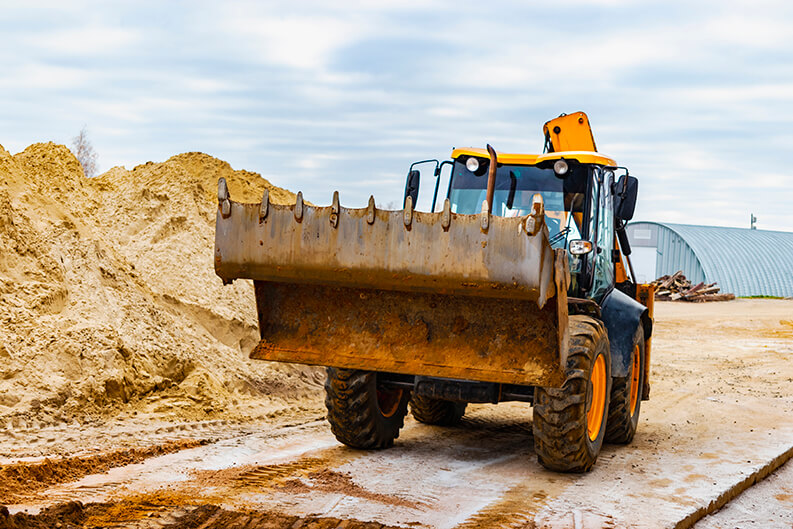
Sand (Normal/ Sweet) is a key component of a properly backfilled hole or trench in that it provides drainage and compacts well, especially when its damp. Above the rock bedding is a layer of felt to prevent the sand from washing into the rock bed, sand and top soil. Properly layering these materials prevents sinking after the backfill. As per ASTM -D2487 ; 3.1.6 sand—particles of rock that will pass a No. 4 (4.75-mm) sieve and be retained on a No. 200 (75-gm) U.S. standard sieve with the following subdivisions:
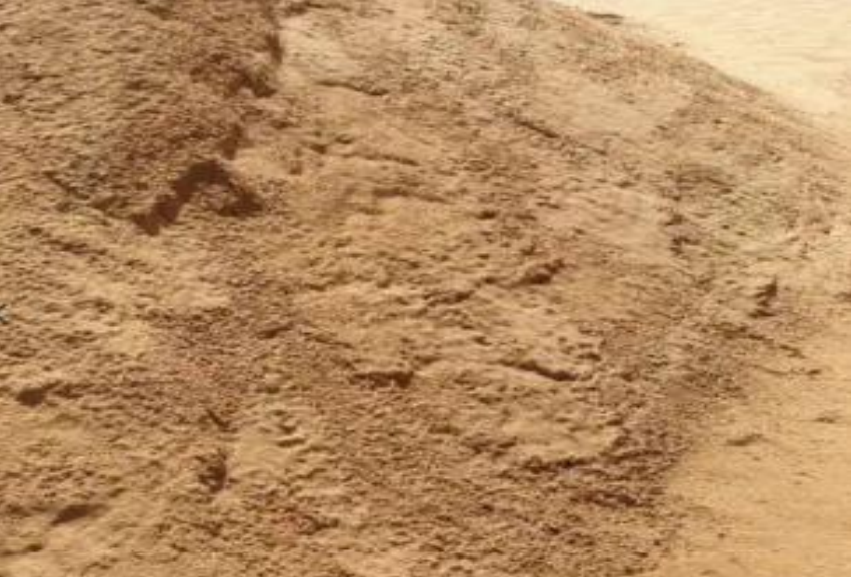
Coarse—passes No. 4 (4.75-mm) sieve and retained on No. 10 (2.00-mm) sieve,(Concrete works) Medium-passes No. 10 (2.00-mm) sieve and retained on No. 40 (425-gm) sieve,- (Masonry & Plastering works) and Fine—passes No. 40 (425-gm) sieve and retained on No. 200 (75-gm) sieve – (Plastering works) Clean Sand Soil meeting the following gradation and containing less than 3% weight of organic material or clay:
Sieve Size | Percentage Passing |
|---|---|
¼”’ inch (6.25 mm) | 100 |
No. 10 (2.00 mm) | 90-100 |
No. 200 (0.075 mm) | 10 or less |
Dune Sand It Is wind-deposited sand consisting of relatively single-sized particles generally passing the No. 16 sieve (1.18 mm) and usually containing less than 10% soil particles passing the No. 200 sieve (0.074 mm).
Marl, containing primarily carbonate (CaCO3) and clays of different percentages with occasional traces of organic matter, silt or sand is usually used as bases and sub-bases for roads and highways. Marl is usually used as sub-grade layers or as a backfill in base and sub-base layers for highway pavements.
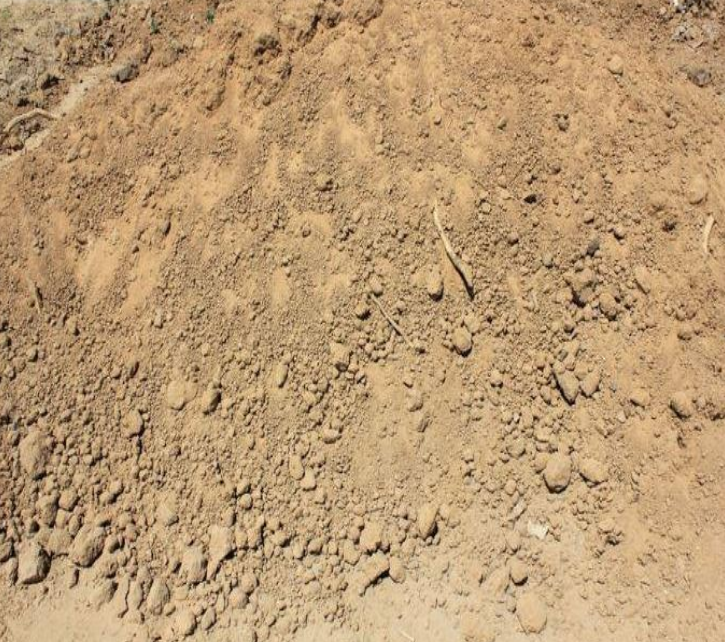
Where we always exceed our customers expectations in quality,delivery and cost through continuous improvement and customer interaction.Always customer first approach.
Select Fill (Class 1) Materials shall conform to the following requirements in addition to those specified for “Common Fill (Class 2)” material:
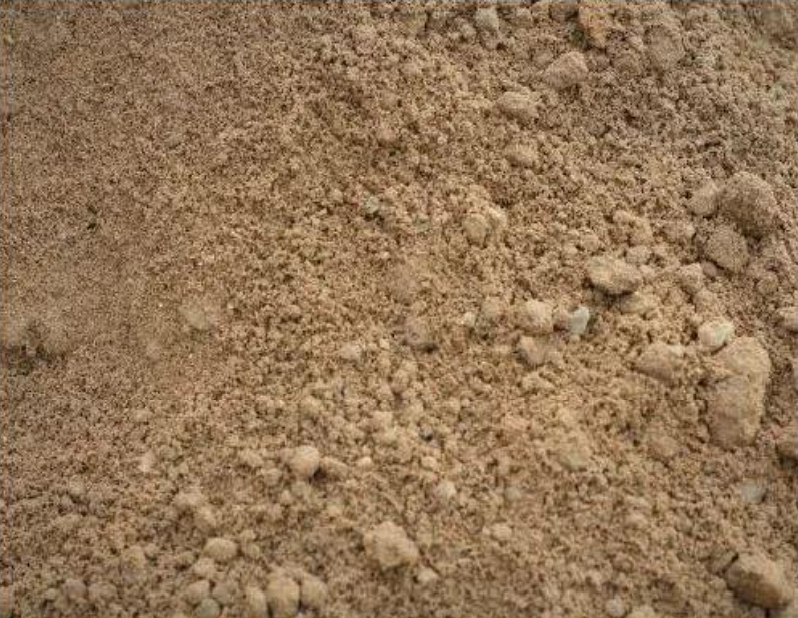
| Sieve Size | % Passing |
|---|---|
| 51.0 | 100 |
| 37.5 | 90-100 |
| 19.0 | 50-85 |
| 6.7 | 40-80 |
| 2.36 | 35-70 |
.Table 4-1 : Fill Grading Requirements
(Class 2) /Common Fill (Class 2) material shall be suitable excavated material free of deleterious substances such as expansive clay, rubbish, organic, perishable or un-compactable material, waste concrete, or other debris. It shall be suitably graded to ensure that when compacted it derives its stability from compaction of the fine material around the coarser particles. Rock material must be broken down and evenly distributed throughout the layer to prevent the formation of voids and produce a dense compact embankment. To meet this requirement, additional fine material may need to be obtained from other sources and blended through the fill. Unless otherwise specified in the project documentation, when tested in accordance with ASTM D422, the material shall be well graded with 100% less than 150 mm in the greatest dimension and a maximum of 15% passing the No. 200 sieve, except that the largest size shall not exceed 1/3the layer thickness after compaction.
Structural Fill is fill or backfill placed beneath immediately surrounding footings, grade beams or mats or beneath slabs, buildings, roads, paved areas and parking areas. This shall meet the requirements given in this Section or Section.
Fill and backfill to be used as Structural Fill shall be gravel, sand or a mixture of these constituents. Except for sands or gravels that exhibit no plasticity characteristics, the material shall meet the following characteristics:
Liquid limit (LL): 35 maximum and Plasticity index (PI): 12 maximum. Well Graded Sand A well graded sand, by definition shall comprise Clean Sand with less than 5% fines (silt or clay size particles) passing the 75 µm sieve and more than 50% (by weight) passing the 2.36 mm sieve.
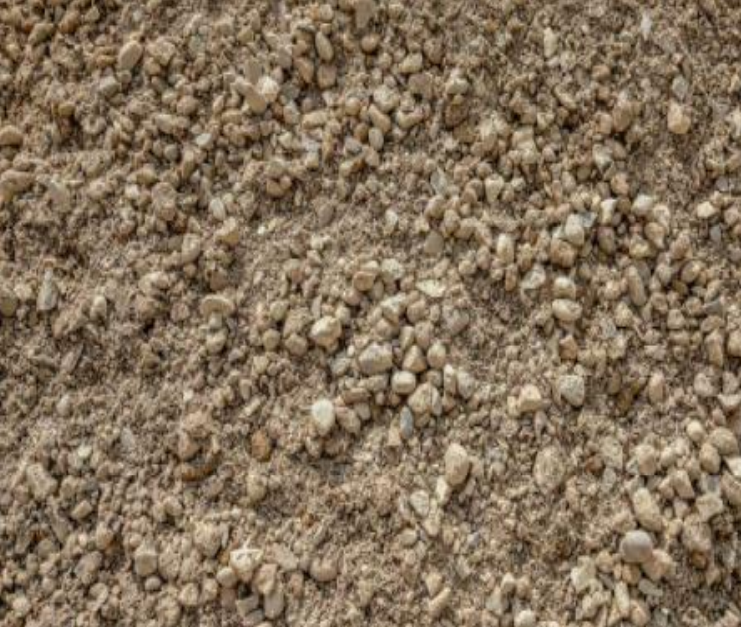
The base course in pavements is a layer of material in an asphalt roadway, race track, riding arena, or sporting field. It is located under the surface layer consisting of the wearing course and sometimes an extra binder course. If there is a sub-base course, the base course is constructed directly above this layer. Otherwise, it is built directly on top of the sub grade.
Sieve Analysis is as Follow
| Sl No. | Sieve Size | Class A Graded Base Course (Percentage Passing) | Class B Graded Base Course (Percentage Passing) |
|---|---|---|---|
| 1 | 62.5 mm | 100 | – |
| 2 | 50 mm | 90-100 | – |
| 3 | 37.5 mm | 60-90 | 100 |
| 4 | 25 mm | 42-77 | 60-100 |
| 5 | 19 mm | 35-70 | 55-85 |
| 6 | 12.5 mm | 26-60 | – |
| 7 | 9.5 mm | – | – |
| 8 | 4.75 mm | 15-40 | 35-60 |
| 9 | 2 mm | 10-26 | 25-50 |
| 10 | 420 um | 5-15 | 15-30 |
| 11 | 75 um | 2-9 | 8-15 |
Course thickness ranges from 100 to 150 millimetres (4 and is governed by underlying layer properties. Generally consisting of a specific type of construction aggregate, it is placed by means of attentive spreading and compacting to a minimum of 95% relative compaction, thus providing the stable foundation needed to support either additional layers of aggregates or the placement of an asphalt concrete wearing course which is applied directly on top of the base course. to 6 in)
Other Quality tests
| Sl No. | Quality Test | Class A Base Course | Class B Base Course |
|---|---|---|---|
1 | Liquid Limit (ASTM D4318) | – | 25 max |
2 | Plasticity Index (ASTM D4318) | 6 max | 6 max |
3 | Loss by Abrasion % (ASTM C131 or ASTM C535) | 40 max | 40 max |
4 | Loss Using Soundness Test with Mg SO4 (ASTM C88) | 14 max | 14 max |
5 | Minimum CBR at 100% Compaction | 100 | 50 |
